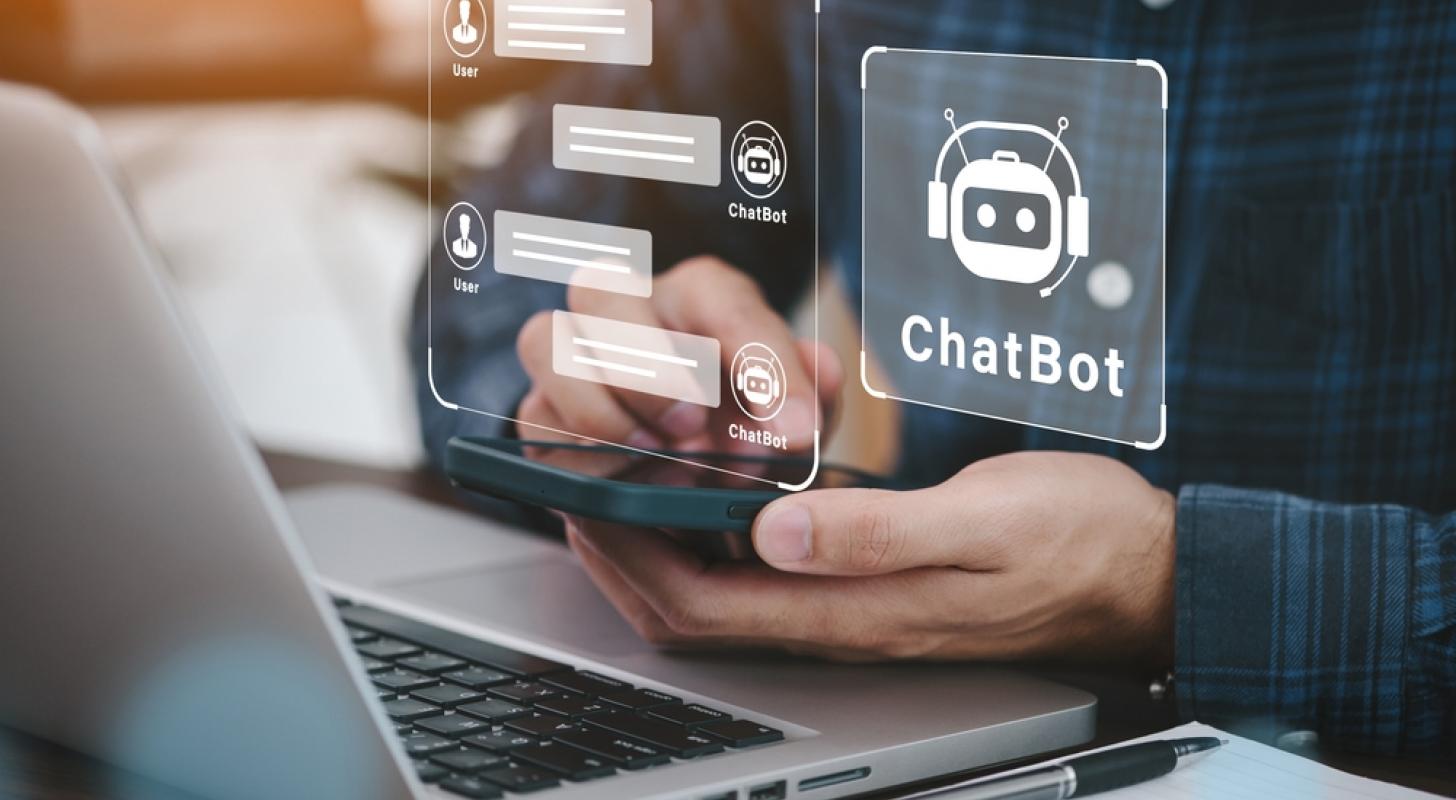
The following are concerns about the impact of AI-powered chatbots, chatGPT Creator OpenAi has released a new tool to help distinguish between human and AI-generated text — but there are certain caveats.
What happened: OpenAI made chatGPT available for free public testing last November. During Many leading experts praised the AI-powered chatbotConcerns about using them to build automated misinformation campaigns and academic dishonesty began to rise.
See also: BuzzFeed Listicles, Quizzes will soon be enhanced by ChatGPT Parent’s AI
Now OpenAI has released a new classifier to recognize AI generated text. However, the company acknowledged that it is “impossible to reliably recognize all text written by AI”.
In its public beta, OpenAI stated that the AI classifier was “very unreliable” for text under 1,000 characters. In fact, the recognition tool can sometimes mislabel longer texts as well.
Additionally, the AI recognition tool can sometimes incorrectly flag human-written text as AI-generated content and performs “significantly worse” in languages other than English.
It’s also important to note that AI-generated texts can be easily edited to trick the classifier.
OpenAI also said they are working with educators across the US to discuss chatGPT’s capabilities and limitations in the classroom.
Why it matters: In January, the New York City Department of Education banned teachers and students from using OpenAI’s chatGPT on its devices and internet networks.
The decision came after some schools and educators raised concerns about the technology encouraging duplication and plagiarism and making the concept of assignment writing obsolete.
Continue reading: How Google vs. Will the ChatGPT rivalry pan out? “GPT-3 has to be 10x better” than its Alphabet parent to pose a threat, says one analyst
[ad_2]
Source story

